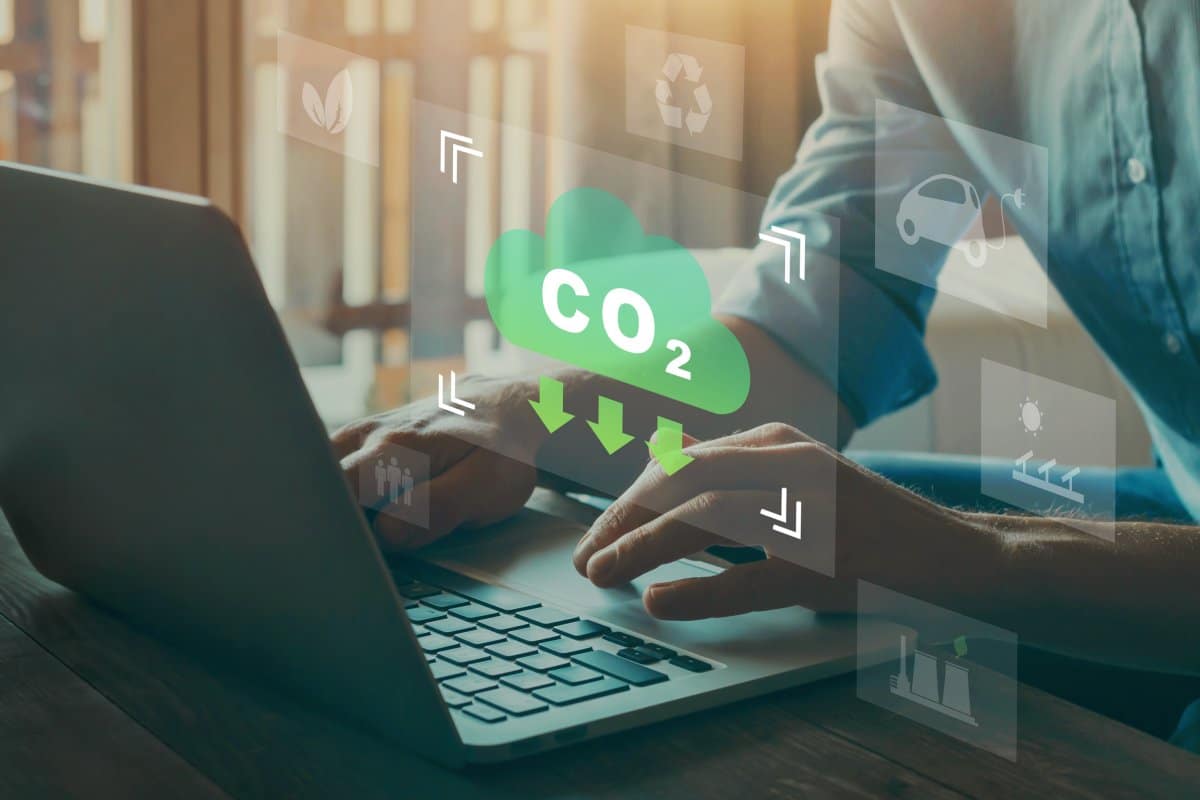Thanks to AI technology, Al Gore’s Climate Trace data can reveal that China, India, and the U.S. are the main culprits for increased greenhouse gas emissions in recent years.
Climate Trace Reveals Key Contributors to Greenhouse Gas Emissions
New data revealed that China, India, and the U.S. have been the main culprits for increased greenhouse gas emissions since the Paris climate agreement 2025. The Paris Agreement’s goal of limiting global temperature rises to 1.5C above pre-industrial levels is currently at risk.
China and India’s electricity generation, combined with oil and gas production in the U.S., has significantly increased global greenhouse gas emissions.
Methane Emissions: A Growing and Underreported Concern
Despite pledges from over 100 countries to reduce methane emissions, the data from the Climate Trace project indicates a rise. Methane, being 80 times more potent than carbon dioxide, is a crucial factor in global warming. This rise underscores the critical concern that countries and companies are failing to report their emissions accurately, thereby violating their obligations under the Paris Agreement.
Climate Trace, utilizing satellite images and AI software, is filling the information gap by accurately pinpointing emission sources. Al Gore emphasized the initiative’s ability to reveal exact emission sources. “Climate Trace is filling a vacuum that is presently virtually devoid of accurate information,” Gore said. “We can break down exactly where emissions are coming from, facility by facility. If the problem is greenhouse gas emissions, it only makes sense to find out where they’re coming from.”
China’s recent commitment to include methane in its climate plans and its collaboration with the U.S. marks a positive step. Coal mines in China contributed significantly to the surge in methane emissions. China’s newfound commitment to include methane in its climate plans and collaboration with the U.S. is a positive step.
The Global Response to Rising Emissions and AI’s Role in Climate Action
Additionally, over 50 oil and gas companies at COP28 signed a ‘decarbonization accelerator,’ although critics call for legal agreements rather than voluntary pledges. The decarbonization accelerator is a “dangerous distraction from COP28. We need legal agreements, not voluntary pledges,” said campaigner David Tong.
Mitigating the immediate impacts of global heating, according to scientists, largely depends on the ability to counter methane, potentially reducing global temperature increases by 0.3C.
Harnessing AI for Climate Progress and Data Analysis
The data shows worrying emissions from aviation and road transport, particularly international flights, have surged post-Covid lockdowns. Despite expectations of reduced emissions, road transport emissions increased by 3.5%, attributed to a rise in SUV sales. However, there is good news as well, with deforestation in regions like the Congo Basin seeing significant reductions in 2022.
Thanks to AI technology, “our models are giving us a picture of the world we’ve never seen before. And it’s allowing us to make climate progress in a way some never believed possible,” said Gavin McCormick, co-founder of Climate Trace.
The post AI Reveals the Worst Greenhouse Gas Emitters first appeared on Edge Media.
Featured Image Credit: Shutterstock / Song_about_summer. The people shown in the images are for illustrative purposes only, not the actual people featured in the story.
Oscar Davies, an expert in US and UK politics and sports, is renowned for his sharp and engaging writing style, appealing to a broad spectrum of readers.

